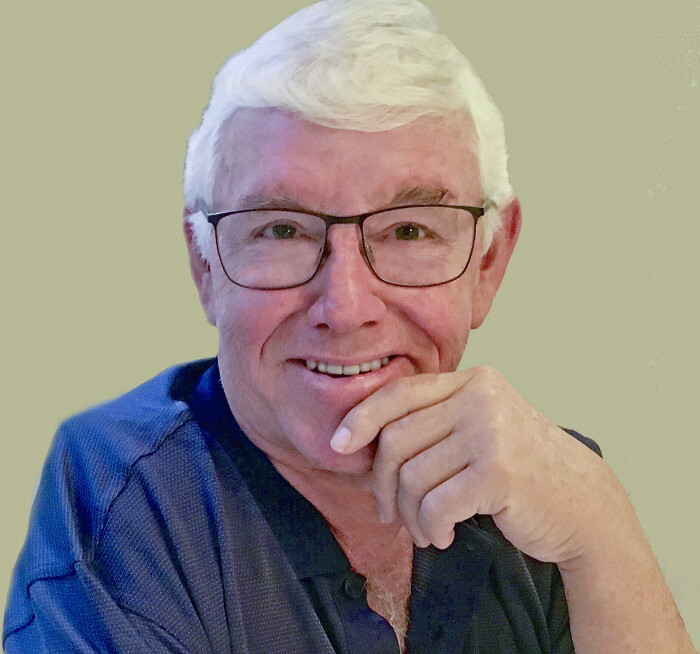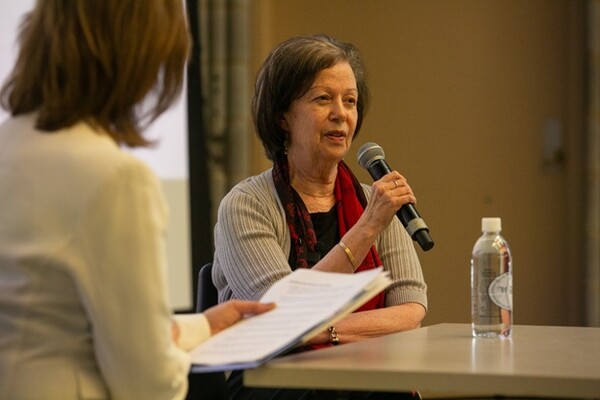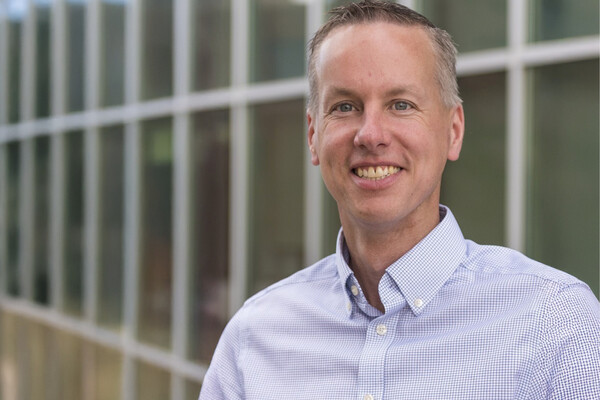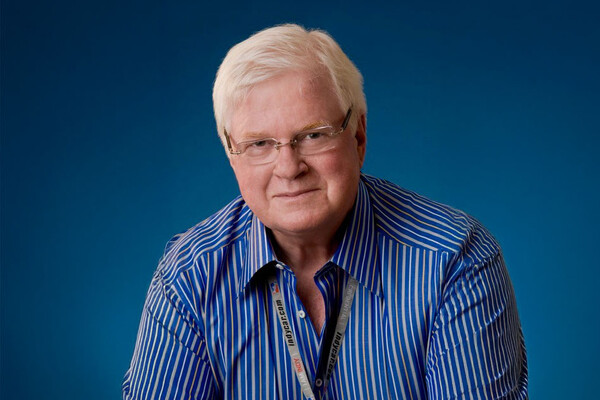Main Second Level Navigation
Breadcrumbs
- Home
- News & Events
- Recent News
- “Choose Your Own Adventure” after Med School: Robert Lifeso
“Choose Your Own Adventure” after Med School: Robert Lifeso

Dr. Lifeso’s career spans countries around the world. He most recently held the position of Chief Medical Officer at Palladian Health LLC. Dr. Lifeso was also previously employed as Chief-Orthopaedic Surgery by King Faisal Hospital and Chief-Orthopaedic Surgery by Veterans Hospital. He also served on the board at Minrad International, Inc., MINRAD, Inc., and Technology Acquisition Corp.
Dr. Lifeso specializes in orthopaedic and spinal surgery, and has been both published and cited for his work in these areas.
"Explore your world, and contribute to less well-serviced medical areas wherever and whenever possible."
Much of Dr. Robert Lifeso’s extraordinary career wouldn’t be out of place in a Hollywood screenplay. Dr. Lifeso, who recently began sharing his experiences and advice with Faculty of Medicine MD students, reflected on his fascinating life with Director of Alumni Relations, Sara Franca, providing a glimpse into a career that he humbly describes as, “essentially blundering along, usually in the right direction.”
You took an unusual route during medical training — how did things unfold?
When I was accepted into the U of T orthopaedic training program (after medical school at U of T), I really felt I needed some time away from academia. I had married Susan, the love of my life, in the fourth year of medical school, and after an internship at Toronto General and the Hospital for Sick Kids in Toronto, we felt we needed some time off from medical training.
This was also the time to confirm that I wished to do further surgical training and to be certain that orthopaedics was the right field for me.
Ted Dewar, the chairman of orthopaedics, was kind enough to let me delay my orthopaedic residency for two years and promised to hold a slot for me on my return from finding myself. I had lined up a job with the Dooley Foundation in Cambodia for my planned two years away from U of T, but due to the escalating Vietnam War, the Foundation closed, just before we were to travel to southeast Asia.
Fortunately, on short notice, I was able to find a general practice position in northern British Columbia, by the Alaskan panhandle. The practice in northern BC was exhilarating and yet frightening. Our closest referral centre (Vancouver) was six hundred miles south by air if the weather allowed a flight out. Fortunately, I encountered no terribly serious problems while practicing there and fully enjoyed my terrifying first year in the real world of medicine.
Susan and I then decided we needed to see more of the world before settling down as adults.
So, did you have to put your training on pause to travel?
Yes, at first, but then I managed to do both. We bought a car in Paris and drove through Europe and North Africa. We then drove across the Trans Asian Highway to India and on to Kathmandu Nepal. We spent a few weeks each in Iran, Nepal and Afghanistan, more as medical tourists than as medical practitioners. We subsequently flew on to Australia where I worked as a GP in the outback, to make fare home. On my return to Toronto in June of 1972, I went directly into my orthopaedic residency.
My mentors were many, but the best and most lasting relationship has been with Dr. Marv Tile, MD ’57, chief of ortho at Sunnybrook. Marv spent the time and made the effort to get to know and advise me. He taught with gusto and cared deeply for his patients, his staff and his house staff. He remains a role model to me even now.
When I took my Canadian examinations in orthopaedics I finished first, and my examiner for the Royal College asked if I might be interested in an international challenge. He was recruiting for the King Faisel Specialist Hospital in Saudi Arabia and asked if I might be interested. Sometimes it is better to be lucky than good.
The King Faisel Specialist Hospital was the first modern hospital in the Kingdom, and had opened in stages, opening completely in 1978. At that time, the Kingdom had about 11 to 13 million people with minimal to no medical care.
I completed an orthopaedic fellowship with Dr. Tile at Sunnybrook in mid-June of 1978 and was in Riyadh on June 25, 1978. That was indeed a culture shock. I was the only reasonably trained spine surgeon in the kingdom and one of the very few orthopaedic surgeons.
What was life like as an orthopaedic surgeon in Saudi Arabia?
In Riyadh, spinal tuberculosis, brucellosis, neglected trauma and polio were endemic. Spinal tuberculosis was not being treated, nor were the spinal sequelae of polio or trauma, due to lack of expertise and facilities.
Our first attempts to eradicate polio in the Kingdom were futile. Vaccinating in the cities was difficult enough, but we had to send teams into the desert to find and treat the Bedu who, to a large extent, were still nomadic. After our initial rounds of polio vaccinations, we experienced another outbreak. In retrospect, the initial vaccine had probably not been properly refrigerated in transit. Our second attempt at vaccination was much more successful than the first; we were learning.
Being a surgeon relearning the diseases of antiquity was fascinating, but at the same time frightening. My first anterior spinal surgery for TB of the thoracic spine took me seven hours. No less frightening was being the personal surgeon to three different kings of Saudi Arabia during my time in the country — which of course required being available 24/7, should the need arise.
I visited Hong Kong during my first year in Saudi to work with their surgeons to learn advanced techniques in anterior spinal surgery. In Riyadh, I started and developed the first spinal cord injury unit in the Kingdom. This eventually grew to a forty-four bed acute in-patient unit, and a two-hundred bed rehabilitation unit. I believe this was the largest such unit in the Middle East, at the time.
I subsequently returned to Nepal to teach what I had learned in Riyadh. Conditions in Kathmandu were certainly less developed than those in Riyadh, but I think I was able to teach some surgical techniques for spinal surgery. I then did similar work in the Emirates and Cairo.
Do you think you made an impact?
Over my ten years in Saudi Arabia, I believe we did make a difference. I saw the eventual eradication of spinal tuberculosis, brucellosis, polio, and other diseases that had been endemic when I arrived in the Kingdom.
Over my time in the Kingdom, we were increasingly doing the surgery of the “diseases of modern living”. Artificial joints, spine surgery for degenerative disease and of course surgery for motor vehicle accidents. Basically the same spine problems we see on a daily basis in a busy practice in Canada or the U.S.
In Saudi, we also began training the first generation of Saudi physicians. We established a relationship with Canadian universities, and when I left the Kingdom, we had over three-hundred Saudi students in Canadian medical schools and post-graduate programs.
What are you up to now?
I reluctantly left Riyadh once my oldest child outgrew the educational facilities available in the Kingdom. To be close to family, we relocated to Buffalo in Western New York. I ran a level one spinal cord injury unit where my (largely self-taught) surgical and clinical skills were once more in demand.
Most of what I do now is electronic medical record reviews, which allows me to remain in Florida, especially during the winter months. I do see patients personally when I visit Buffalo, but the majority of what I do now is done remotely.
What decisions made the biggest impact on your life?
First, marrying my wife of now 52 years, having three wonderful children, entering medicine and orthopaedics and moving overseas for ten plus years. One decision just led to another, and I must admit there was no coherent “life plan”. I do not think that even now I have developed a life plan. I guess at age 75, I should hurry up and do so.
What advice would you offer to today’s students pursuing a career in health care?
I continue to believe medicine is the most wonderful, exciting and satisfying career imaginable.
I would suggest that during your medical training, seek out those areas which interest you, but also pursue as broad an education as possible, and by that I mean also in the arts and sciences, as well as medicine. Do not get too focused on only one area of medicine during your training; experience as much as you can before choosing your ultimate career path.
I would also urge you to explore your world and contribute to less well-serviced medical areas wherever and whenever possible.
Get involved with medical decision making at the highest levels — specifically where health care resources should go, and how they should get there. I did this in Saudi Arabia, but I wish I had also done so when I returned to North America.
Today’s chosen career path will likely have many unforeseen twists, turns and detours — best to be prepared for them. Be open to continual learning — life does not stand still, and neither should your education.
News


